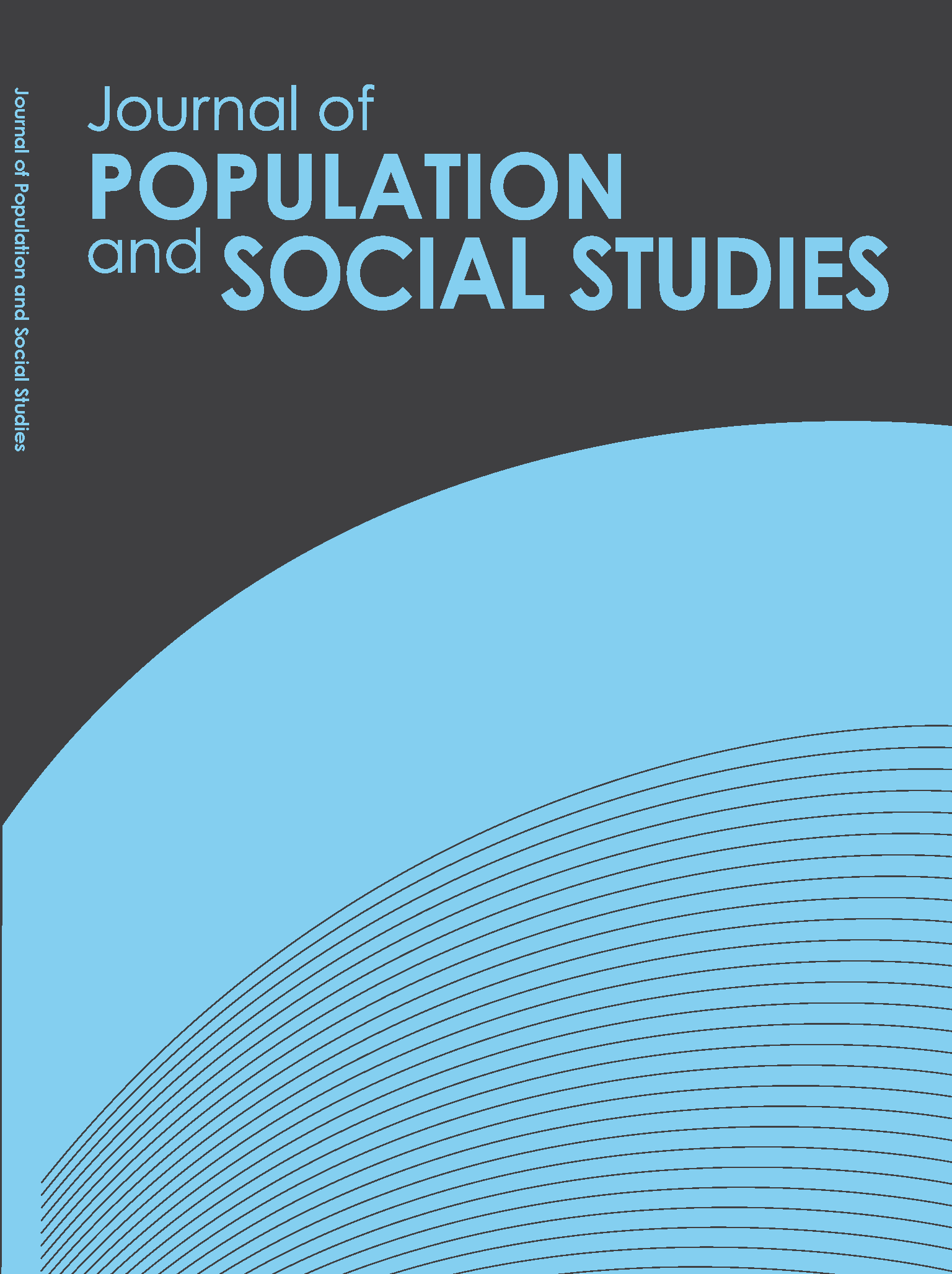Factors Determining Having Secondary Health Insurance among Thai Population: Evidence from KDSS
Main Article Content
Abstract
This study examines the effects of demographic factors on having secondary health insurance, i.e. savings, cooperative shares, life insurance and private health insurance. The data are obtained from the Kanchanaburi Demographic Surveillance System (KDSS) conducted by the Institute for Population and Social Research, Mahidol University, Round 3 (2002) and Round 4 (2003). The binary and ordered logistic regression techniques are employed to analyze the data.
It is found that age, ethnicity, marital status, education, occupation, wealth, living place, health status, health behavior, risk behavior and having primary health insurance are statistically significantly associated with having secondary health insurance. While controlling the socio-economic factors and health factors, the chance of having secondary health insurance in each category increases with age. Moreover, males are more likely to have only private health insurance than females.
It can be suggested that having secondary health insurance for the present and the future, beginning from an early working age, and particularly for females, should be promoted. The government should encourage people to have secondary health insurance instead of depending upon only the primary health insurance provided by the
government. This is a way to reduce burden on the government budget to manage health security of the people.
It is found that age, ethnicity, marital status, education, occupation, wealth, living place, health status, health behavior, risk behavior and having primary health insurance are statistically significantly associated with having secondary health insurance. While controlling the socio-economic factors and health factors, the chance of having secondary health insurance in each category increases with age. Moreover, males are more likely to have only private health insurance than females.
It can be suggested that having secondary health insurance for the present and the future, beginning from an early working age, and particularly for females, should be promoted. The government should encourage people to have secondary health insurance instead of depending upon only the primary health insurance provided by the
government. This is a way to reduce burden on the government budget to manage health security of the people.
Article Details
How to Cite
Sindecharak, T., & Prasarkul, P. (2010). Factors Determining Having Secondary Health Insurance among Thai Population: Evidence from KDSS. Journal of Population and Social Studies [JPSS], 19(1), 37–58. retrieved from https://so03.tci-thaijo.org/index.php/jpss/article/view/84685
Section
Research Articles


